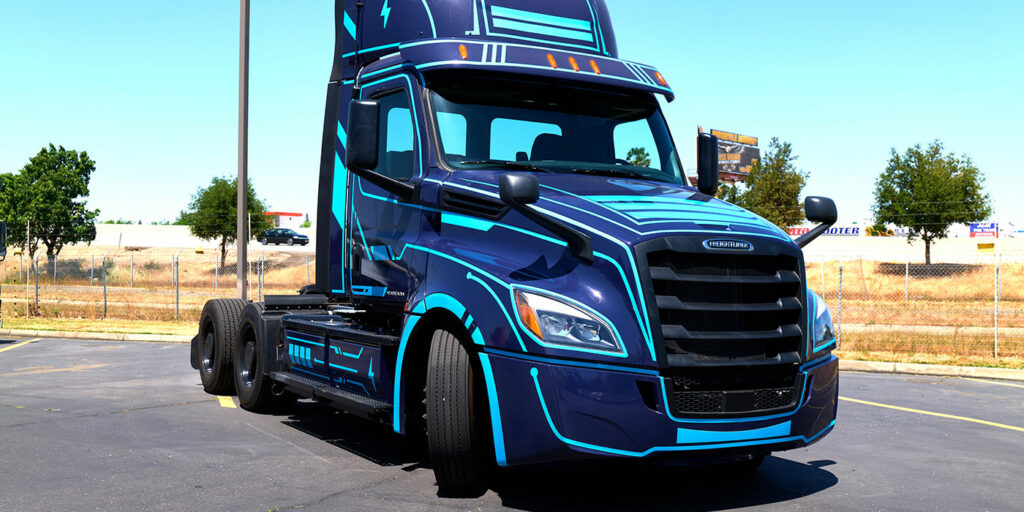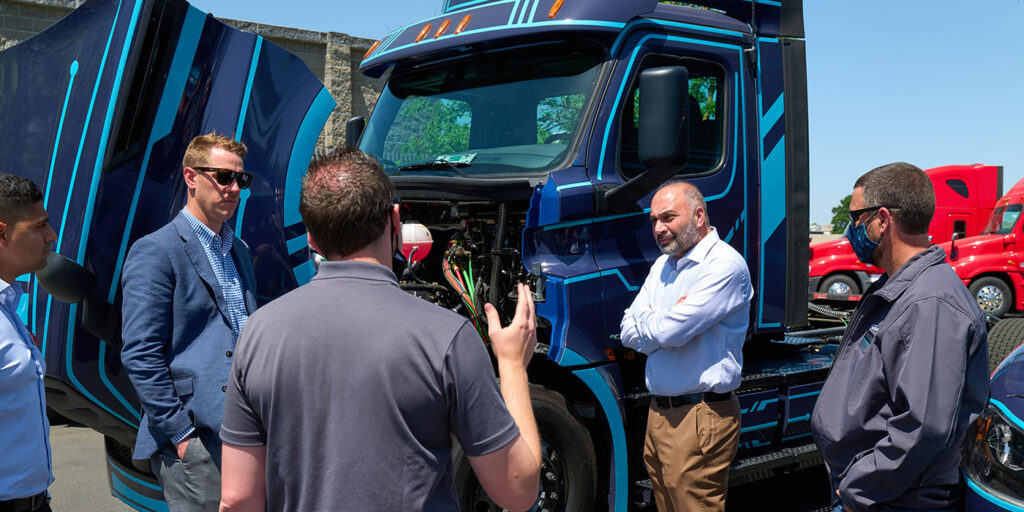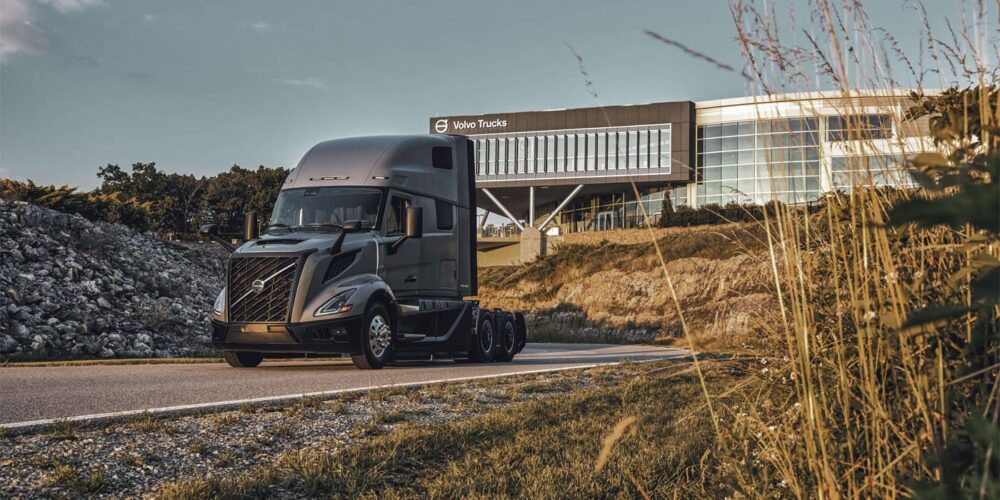The electrification hype has been unrelenting. With the many OEM opening electric truck order books, the next 12 to 16 months will be pivotal in the rollout as fleets parse through the cost parity of electric vs. diesel powertrains. If Fleet Equipment reader trends are any indication, electric truck interest continues to roll large, given that electrification content has held the pole content position for the past year-plus. But what about fleets that have moved beyond the “what if?” to the “what next?” in terms of implementing electric trucks?
First, let’s set some ground rules. Remember that it’s easy to talk about new technology in vague extremes. The reality is that today’s electric trucks were never meant to take the industry by storm but instead serve as a foothold into specific applications where battery electric duty cycles make sense. So, let’s turn our sights to California, a state with the most stringent of environmental regulations that is ripe for electric truck adoption.
(For those not in California, some context: The state has set the goal of not only having 5 million zero-emission vehicles on the roads by 2030 as well as 250,000 electric vehicle charging stations by 2025 but also cutting greenhouse gas emissions to 40% below 1990 levels and the health-based air quality requirements established in the federal Clean Air Act by 2030.)
New Legend Inc., a California-based fleet that runs more than 1,000 tractors and more than 4,000 trailers, hauling loads to more than 30 cities in 12 western states, dropped an order for 50 battery electric Freightliner eCascadias onto Daimler Trucks North America (DTNA) in May. A sizable investment for an early adopter in electric trucks to be sure, so why did the fleet do it?
“When we’re looking at green energy options, our owner, Sunny Samara, is drawn to it because it can help our customer’s efficiency as well. He likes the technology, of course, as well as the safety, longevity and comfort of the eCascadia, but the investment is for our customers,” explained Robert Moffit, executive vice president, New Legend Inc. “If things do move toward being more electric and we have freight contracts, we want to make sure we have green energy transportation options for our customers.”
It’s paying off already, according to Moffit, who said the customer response to Legend’s electric truck investment has been positive.

By now, the questions of application, infrastructure, lifecycles and beyond bubble up to the surface. So let’s get into the nitty gritty. Here’s what Legend is anticipating.
Electric truck application
Legend plans to run the trucks in local Los Angeles routes that average 100 to 150 miles per day, well within the eCascadia’s approximately 250-mile full-charge range.
Electric truck lifecycle
Legend is anticipating extended life cycles for its electric trucks compared to its diesel counterparts.
“We’re looking at 10 years with the eCascadia,” Moffit said, who noted that this estimate includes anticipated battery degradation over that time period. “There are a lot of parts and service needs related to our diesel trucks. The electric powertrain on the eCascadia won’t have as much wear and tear compared to diesel trucks.”
Running the trucks in local routes will also help reduce the wear and tear on the trucks’ powertrains, Moffit said.
Installing charging infrastructure
Perhaps the most complicated component of adopting electric trucks is the installation of the charging stations. For that, Legend is working closely with its DTNA dealership along with Southern California Edison to figure out the best locations and equipment.
“They’re working out an infrastructure plan for us,” Moffit said. “The dealership where we purchased the trucks has a great team that’s specifically designed to help us with infrastructure, working on installation locations, kilowatt usage and making sure energy will properly be supplied where it’s needed.”
The driver impact
Drivers are often characterized as technology adverse, but that might be unfair if you’ve looked at the recent adoption rates of new technologies and how quickly they have taken over the majority of OEM orders. Automated transmissions may have started slow, but they now make up the vast majority (and in many OEM cases, more than 90%) of on-highway builds; adoption of advanced driver assistance systems and video telematics has increased even faster over the past several years with no sign of slowing down.
When it comes to electric trucks, it’ll be a change for sure — but perhaps a welcome one.
“So far, our drivers are pretty excited about it. At first, we were thinking that drivers were going to be — to be frank — a little upset about the change, but I think there’s an understanding that this is the way things are moving,” Moffit relayed. “This is a good move for our local drivers, because most of the time with local hauls, they don’t have the opportunity to drive newer trucks. We tend to put new diesel trucks into longer hauls. So, these new eCascadias give them something new to look forward to driving.”
Staying safe
While the powertrain might be changing in local hauls, safety remains paramount at Legend.
“Our owner started as a driver with one truck. He’s well aware of different safety and comfort features that are needed for our drivers,” Moffit said. “He invests a lot into the equipment and the interior as well as the safety features.”
Legend opts for the Detroit Assurance 5.0 suite of safety systems in all of its orders.
After taking the first step, what’s the next?
Legend’s goal is to completely run its local lanes with electric trucks in 2023. The order of 50 eCascadias is expected to be delivered in early 2023, and electric truck usage will expand beyond the L.A. area to other local lanes by the end of that year.
“Regulation is regulation,” Moffit concluded, “but we want to make sure that we stay on top of truck technology for the future of transportation.”














